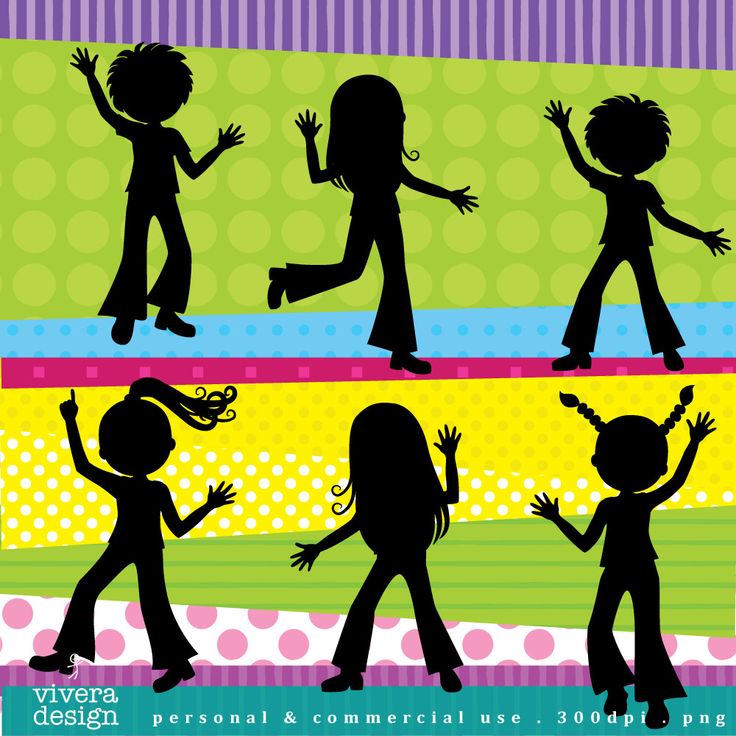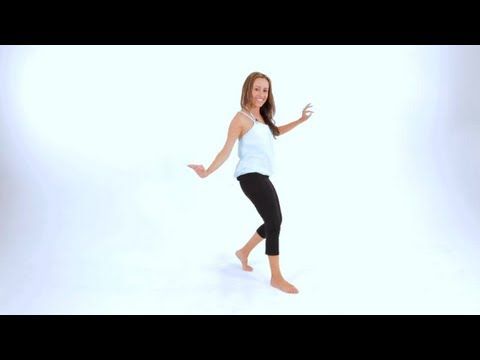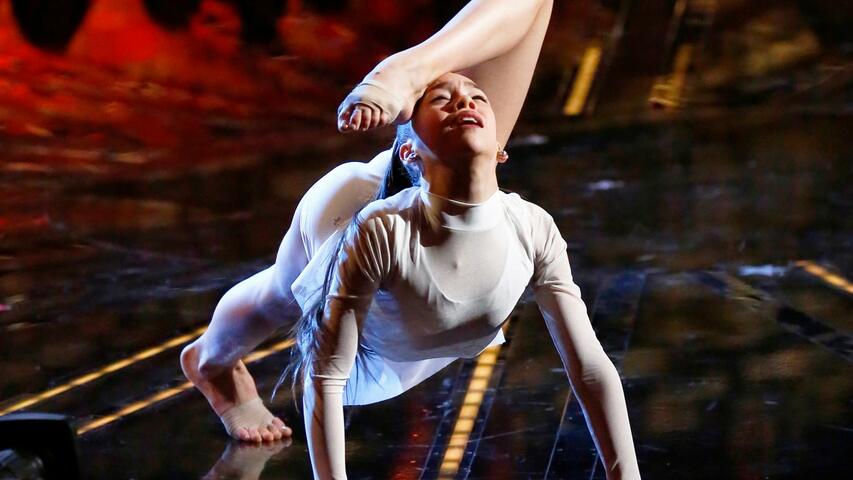How to do indian dance moves
10 Indian Dance Moves Guaranteed to Make You the Life of the Party!
Want to get people on to the dance floor and have a good time? Follow this Bollywood-inspired recipe!
India has several classical dance forms and dozens of folk dance traditions, many dating back hundreds of years, if not a few thousand. So, naturally, dancing comes as easily to an Indian as swimming does to an Australian.
If you were not paying attention in the womb, here are some easy dance moves (inspired by Bollywood) to help you become the life of a party.
1. All Rise!This move is a good way to get the dancing going, if you find that people are too comfortable on their rears and need to be coaxed to hit the dance floor.
2. Cat Scratch (a.k.a. Upright Freestyle)
If some guests need more of a push to get started, start them off with the Cat Scratch and these instructions:
“Picture that you’re a cat in front of a scratching post. Scratch away! Some of you may find it easier to imagine that you are swimming upright and doing the freestyle. Either way, the key to getting this move right is to kick vigorously.”
Some others may need to be reminded that food won’t be served until after the dancing. Remind them with the Roti Dance.
4. Forward March
You will soon come to realize that many people are sheep. Lead them, starting with the Forward March.
5. Catwalk
If you live in an apartment and worry that the Forward March would disturb your neighbors, go with the softer Catwalk. Remember, as dance guru, it is your responsibility to help people shed their inhibitions. If you think they’ll fear this move would make them look gay, just dim the lights.
6. Sideways TwistAnd if space is very tight, you could just stay in place and do the sideways twist.
Once you have warmed people up and they start to shed their inhibitions, you could get their endorphins really flowing with the good-old One-Two, One-Two!
8. Desi TwerkOccasionally, you may find an enthusiastic, perhaps even tipsy, Auntieji and Uncleji joining the dancing and asking for a demo of latest moves. Humor them. If they pester you, say for some Miley-style twerking, give them the desi twerk instead! Unlike Miley Cyrus’ lame hip shakes, this variant involves a full squat, so Auntieji and her wobbly knees will trouble you no more.
9. Slow-Mo Pelvic ThrustExpect to receive more requests for lessons, especially from the shy or uninitiated. Be patient. Remember that you were also once a beginner. Pace yourself, though, and remember to go easy on your back, especially with the Pelvic Thrusts.
10. Fly Away
Fly AwayRemember, the whole idea is to lose yourself. If you want others also to get into a trance, end with this “I don’t give a damn!” move. Don’t be suprised if they follow along with head bobs or head shakes. Yes, this move has that kind of a hypnotic effect.
Happy dancing!
Images courtesy of amyelyse , Bollypop.in, Wifflegif.com, and FuckYeahBollyGifs.Tumblr.com
Featured image courtesy of amytakespictures.
Editor’s note:
Check out these Uniquely Indian Gestures and let us know how many you regularly use.
Disney Releases Free Bollywood Dance Tutorial
in Disney, Entertainment, Television
Posted on by Alessa Dufresne
Credit: Disney Junior
Do you have a little one at home that loves to groove? Or are you are a full grown adult like me who has fantasies of joining the Broadway cast of Aladdin? Well, you can now learn to Bollywood Dance with the magic of Disney!
Disney Junior has released a YouTube video that teaches us how to dance like a Bollywood superstar in under 2 minutes.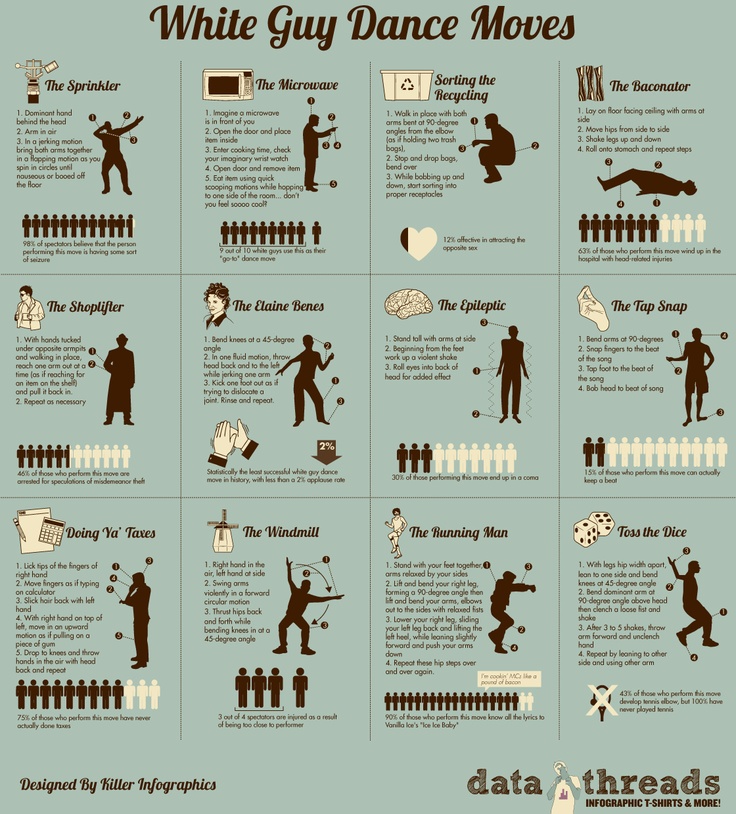 Check it out below.
Check it out below.
On March 22, 2020, Disney Junior in both the U.S. and India launched the new animated series Mira, Royal Detective. The success of the show sparked an idea for Disney to create a new short-form series called Dance with Mira and Friends.
In the series, you join Mira and her adventurous pals as they teach you how to be a Bollywood dancer. And trust me, even if you have two left feet, you will be able to follow along.
Credit: Disney JuniorPick up classic Bollywood moves in seconds!
The new series is choreographed by So You Think You Can Dance‘s spectacular Nakul Dev Mahajan. During the world premiere at The Walt Disney Studios, Nakul’s choreographer Khushy Niazi brought a Indian Bollywood dance class to a group of kids! Thankfully, Disney Junior uploaded the tutorial online so we could all learn how to “Lotus Rainbow” and “Foot stomp” like an Indian dance pro.
During the world premiere at The Walt Disney Studios, Nakul’s choreographer Khushy Niazi brought a Indian Bollywood dance class to a group of kids! Thankfully, Disney Junior uploaded the tutorial online so we could all learn how to “Lotus Rainbow” and “Foot stomp” like an Indian dance pro.
The tutorial is only four simple moves, and it’s a great way to get you or your kids up for some quick exercise between Disney Junior episodes while learning a little more about Indian culture. Plus, you can learn the official dance of India from a professional dance teacher for free!
Credit: Disney JuniorDo you want more Bollywood Disney dance tutorials?
If you want to learn more on how to be a Bollywood film superstar, or if you are missing those Disney Junior Dance Parties over at Disney’s Hollywood Studios, check out the new series Dance with Mira and Friends. The show premiered Monday Aug. 24 at 8:55 a.m. ET/PT on Disney Channel.
You can also watch Mira Royal Detective on Disney Junior, Disney Junior YouTube and DisneyNOW. It’s the perfect way to bring the magic of Disney into your home.
It’s the perfect way to bring the magic of Disney into your home.
Will you be learning this fun dance with your family? Let us know in the comments below.
Alessa Dufresne
Canadian in Orlando. Disney lover who binges The Office and puts on live performances of Beauty and the Beast in the shower daily! Big Disney history buff who loves theme park fashion and theories.
Comments Off on Disney Releases Free Bollywood Dance Tutorial
Dance and sign language | Indian dances
India's attention is absorbed by time; the attention of the West is space. Music and dance is a temporary art for India. For the West, this is spatial art.
For the West, this is spatial art.
For India, dance is something sublime. It is believed that in its highest form the dance is combined with the cosmic rhythm. The performer is in bliss. The great Sufi mystic poet Rumi said that dance is "the shortest path to God."
Shiva is the patron of music and dance. He taught music to Narada, the heavenly messenger, and dance to Bharata, author of the Natyashastra, a treatise on dramatic art.
The ancient Greeks, like the Indians, had a dramatic form combined with music and dance. In the Greek productions of , the story of was told in chorus, while in the Indian ones, the story was told in the form of a song. Vidushaka (the moderator, for lack of a better way of presenting) was explaining the finer points.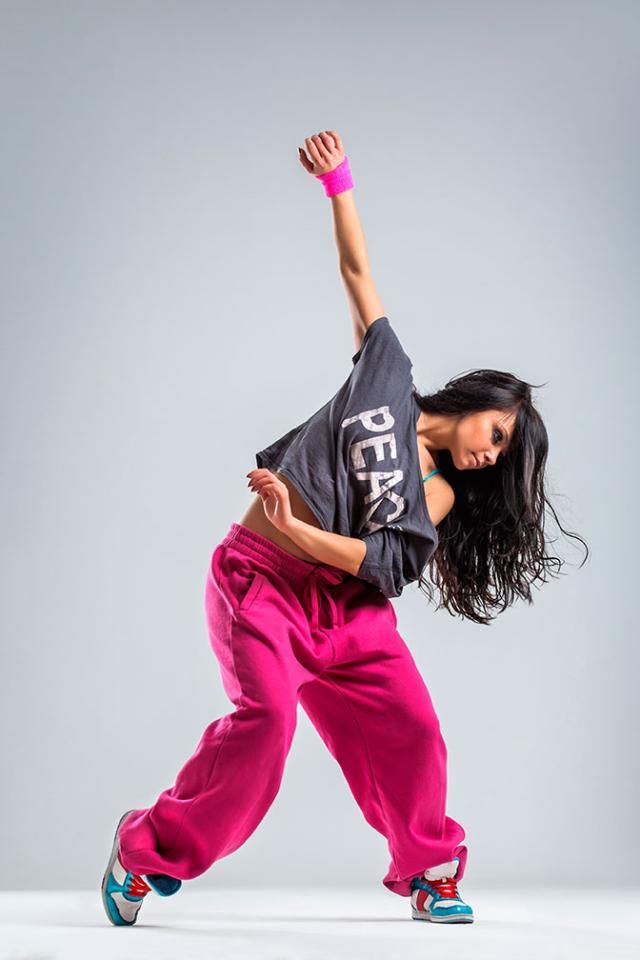
Dance is a coordinated movement of the whole body and mind . The Abhinaya Darpana treatise explains that the dancer must sing the song with the throat, depict its meaning with gestures, the mood (bhava) with the eyes, and beat the exact rhythm with the feet. Again, “where the hand goes, there is the look; the mind follows the gaze; behind the mind are feelings; and behind the feelings - the mood. The gesture is considered the soul of Indian dance.
Dramatic art (Natya) was created by Brahma (one of the deities of the Indian triad of Gods) for enlightenment and entertainment people. This was called "imitation of worldly customs." The four elements of Natya - recitation, singing, acting and rasa - were borrowed from the four Vedas.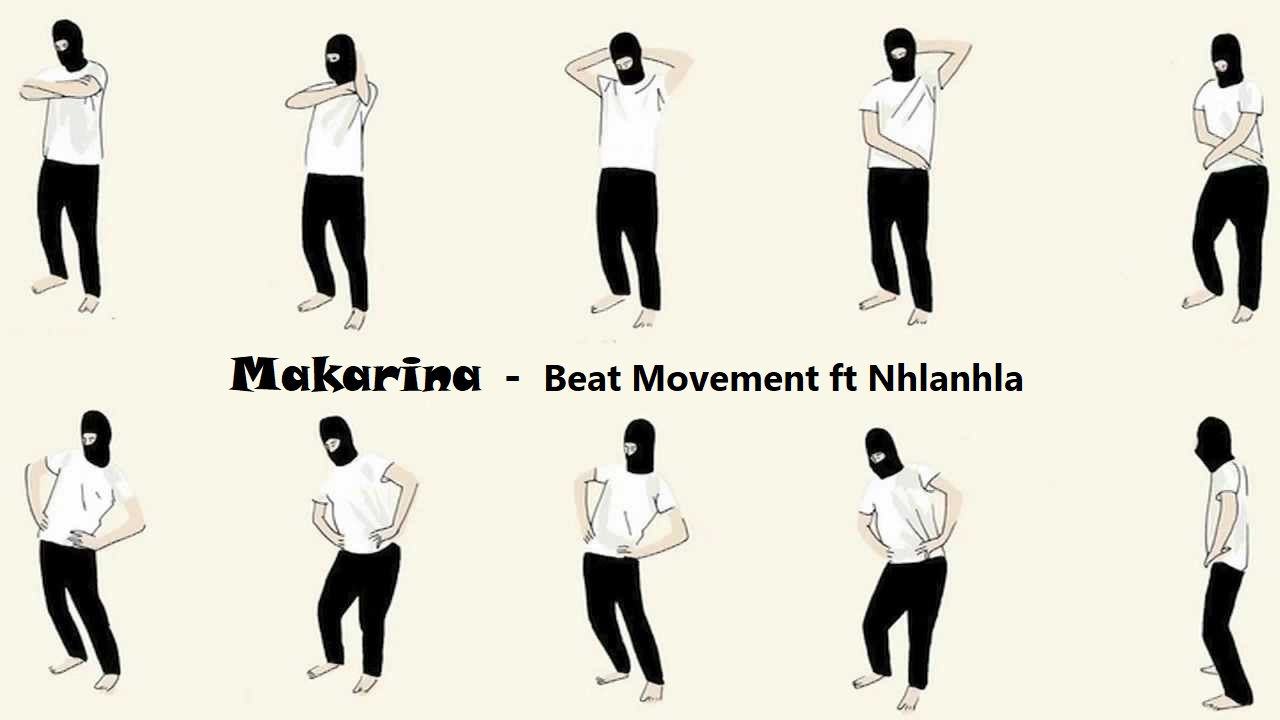 Therefore it is called Natyaveda. Recitation was borrowed from Rig Veda , chanting system from Sama Veda, abhinaya (facial expressions accompanied by gestures) from Yajur Veda, and rasa (aesthetic experience) from Atharva Veda.
Therefore it is called Natyaveda. Recitation was borrowed from Rig Veda , chanting system from Sama Veda, abhinaya (facial expressions accompanied by gestures) from Yajur Veda, and rasa (aesthetic experience) from Atharva Veda.
Gestures are one of the oldest forms of thought transmission. Human beings have a strong tendency to imitate. And many of these sign language systems are common to mankind. But dance gestures can mean many things. That is why singing has become so important. Vachika (verbal) abhinaya complements angika abhinaya (body language and gestures).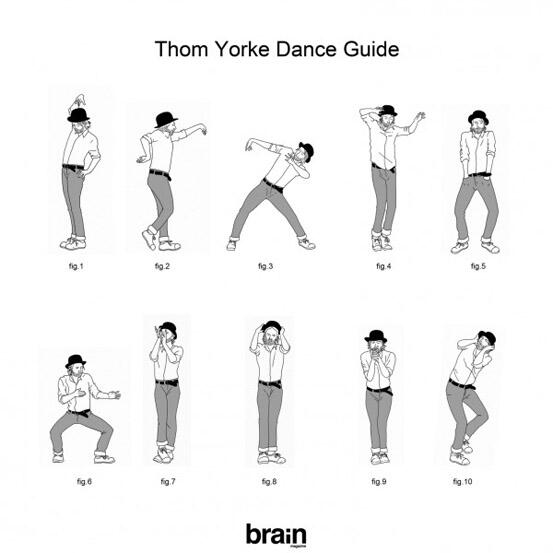 And, let's not forget, adds grace and beauty to the art of dance. How are the appropriate mudras (gestures) selected for the words? It is believed that words are peculiar to hands. This expresses the fundamental principle of language based on natural and expressive movement, says Ananda Kumaraswamy, an authority on Indian art.
And, let's not forget, adds grace and beauty to the art of dance. How are the appropriate mudras (gestures) selected for the words? It is believed that words are peculiar to hands. This expresses the fundamental principle of language based on natural and expressive movement, says Ananda Kumaraswamy, an authority on Indian art.
Several examples of such "natural" expressions can be given: rolling eyes indicate anger; a fixed look expresses love ; raised eyebrows - doubt; dilated nostrils - anger; lowered corners of the lips - sadness, lowered lip - envy, and so on. The body can express emotions in many ways. The dancer tries to achieve the ideal performance of the pose and convey the meaning of the eternal. Therefore, the dance technique is combined with the art of sculpture . Beryl De Zete, a European who practices Indian dance, describes the European dance system as "very simple" compared to the "expressive body culture" of Indian dance.
There are three dance forms : Tandava (masculine, energetic), Lasya (feminine, soft) and Pindibandha (combination of the two). Tandava (cosmic dance) is performed by Shiva, and Lasya is performed by his wife Parvati. Shiva added dance to Natya to endow her with "brilliance and beauty", to make her sweet to people's hearts.
There is a pure dance without abhinaya and a dance with elements of drama. Pure dance evolved from 108 ideal postures on which the movement technique called karana is based. Each karana consists of movements of several limbs - in other words, most of the body. Similarly, a complex system of linguistic signs (hand gestures) developed from an alphabet of basic hand gestures (hasta), just as oral and written language developed. Hands have become the main means of conveying thoughts. They translate words into signs. Adjectives, nouns, verbs, proper names, adverbs, linking words, prepositions, abstract concepts - all this can be depicted using gestures and facial expressions.
Hands have become the main means of conveying thoughts. They translate words into signs. Adjectives, nouns, verbs, proper names, adverbs, linking words, prepositions, abstract concepts - all this can be depicted using gestures and facial expressions.
Each school of dance (and there are six main schools in India - Bharat Natyam, Kathakali, Manipuri, Kuchipudi, Odissi and Kathak) uses basic gestures. And each gesture can express many concepts - up to 85, like a pataka (flag) gesture. Therefore, there was a need for singing, which would explain the story. In the Western system of ballet, the emphasis is on wide hand gestures and a minimum of facial expressions. In essence, the face of a ballet performer expresses little emotion. The Indian dancer, on the other hand, expresses thousands of emotions quickly replacing each other with his face. Ballet is more of a "performance", no doubt attractive. Aristotle said about dramatic productions that their goal is to cleanse the soul of a person from strong passions.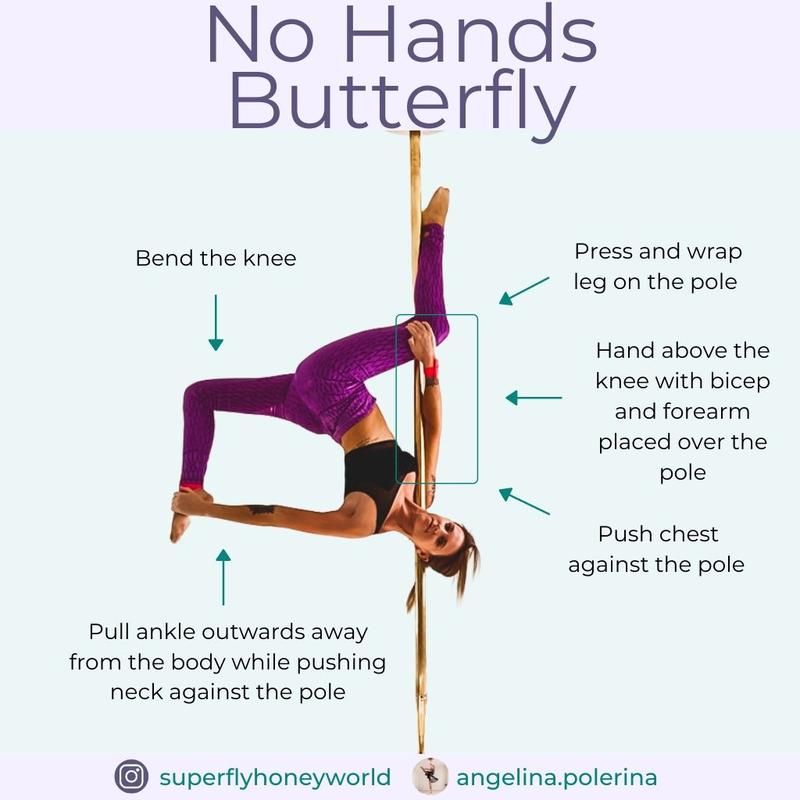 This goal cannot be achieved by Western ballet or dance.
This goal cannot be achieved by Western ballet or dance.
Dance in India originated from Vedic ritual dances. The ritual also included elements of a dramatic performance.
No other dance form pays as much attention to sign language as the Indian. Every gesture is thought out to the smallest detail.
Since ancient times, the "language of hands" (aksara-mushtika) has been the subject of serious study. Some gestures have become universal. For example, a gesture denoting "protection and protection" (abhaya- mudra ). In a similar way, palms pressed together (anjali), a gesture that Indians greet each other, reminds them of the divine essence of man. (By the way, clasped hands above the head greet the gods, clasped in front of the face greet their guru (teacher), and clasped at the chest
Sign language
There are three forms of dance: Tandava (energetic), Lasya (soft) and Pindibandha (combination of the two).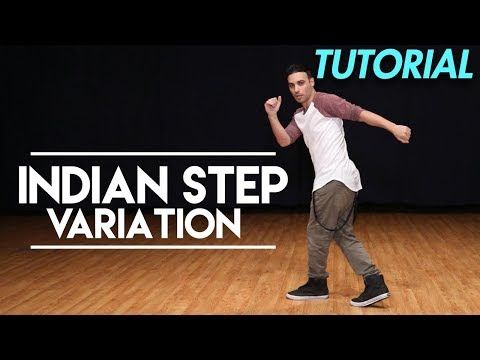 There are 108 dance poses described in the Natyashastra, called karana.
There are 108 dance poses described in the Natyashastra, called karana.
"Natya" consists of four elements: Angika (gestures and movements), Vachika (speech), Aharya (costume) and Satvika (feelings and aesthetic representation).
There are three forms of Angika: Sarira (body), Mukhaya (face) and Casta (movements of body parts).
The dance uses six angas (basic parts of the body): head, arms, thighs, chest, sides, feet; six upangas (smaller parts of the body) - eyes, eyebrows, nose, lips, cheeks, chin. In addition, the neck, shoulders, stomach, thighs, shins, knees are also used in the dance.
There are two forms of hasta mudras (hand gestures): Asamyuta (one hand gestures) mudras (there are 28 in total), and Samyuta (both hand gestures). There are only 24 such gestures. For a pure dance, 30 hasta movements are used.
The movements of the body are divided into four groups: karanas, angaharas, rechakas and pindibandhas.
There are four forms of bhanga (inclinations): bhanga, sambhanga, atibhanga and tribhanga. The first means calmness, the second is Buddha, the third is Nataraja, and the fourth is Parvati.
Foot movements are also of four kinds: Mandala (circular, 10 positions), Utplavana (jumping, five types), Bhramari (circling, seven types) and Padachari (leg movements, seven types), and ten types of gait are also distinguished. There are four colors of the face, denoting personality types. Eyes: Bharata marks 36 kinds of looks.
Eyes: Bharata marks 36 kinds of looks.
Uses seven eyebrow movements, seven eye movements, six nose movements, six cheek movements, six lips movements, six facial movements, nine neck movements, thirteen head movements, five chest positions, five side movements, five hip movements, five ankle movements. , five - with a shin, five - with feet, four - with hands, etc.
With that, I say goodbye with the word "pranam" - almost a universal gesture.
The author is an experienced journalist and well-known writer. This article is an abridged version of an article published in India Perspectives January 1997.
Author and source:
M.S.N. Menon
Indian dances video lessons for beginners
- home
- Indian dances
- Indian dance video lessons
Indian dance video will help you learn to comprehend dance from different angles, you will discover an inexhaustible source of inspiration and good mood. In addition, join the centuries-old Indian culture through dance - one of its brilliant facets. And to top it all, with regular practice, you will be able to maintain excellent physical shape for many years, because Indian dance is a firework of movements and the load falls on almost all muscle groups.
Indian dances captivating with beauty and aesthetics are familiar to each of us since childhood. From the unusual, sometimes passionate and captivating movements of Indian dancers, it exudes exoticism, and they have long gained worldwide fame. Russian viewers, brought up on bright musical films produced in India, will certainly want to take the opportunity to feel like one of the heroines from the screen.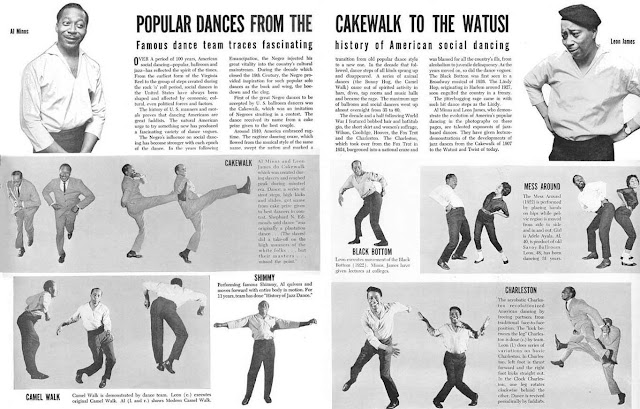
SIGN UP FOR A LESSON
A colorful dance accompanied by a melodic tune brings joy both to the performers themselves and to those who watch the colorful action with delight. The choreography of Indian dance is usually constructed in such a way as to produce a powerful external effect on the audience. The dancers manage to convey violent emotions through movements, their plasticity is distinguished by sensuality, grace and half-disguised sexuality, which by itself leaves no one indifferent.
- Bollywood video lesson
First you need to decide on the style of dance that you want to learn first of all. It can be the incredibly beautiful Kuchipudi, Kathak, Bharatanatyan, classical dance or Indian fusion. Whatever you choose, rest assured that the Indian dance studio will be able to perfectly prepare you for self-study. The training program will begin with an introduction to the basics of dance and basic movements.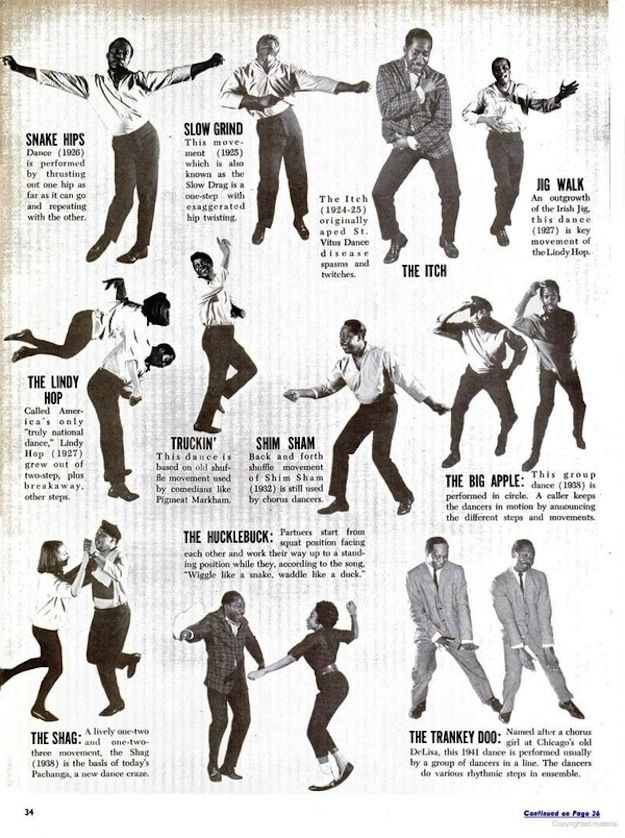
Indian dance originated more than two thousand years ago, when girls serving in Asian temples were charged with the duty to delight the celestials with singing and dancing. Of course, only those dancers who were in perfect control of their bodies were accepted into the service, because the best offerings were to be destined for the gods. Over time, women have achieved such mastery in their art that wealthy pilgrims, in order to see their divine charms, made huge donations to temples.
REQUEST A CALL BACK
Today Indian dance lessons are available to any woman who wants to learn how to control her body and arouse genuine admiration of the audience. While exercising, you will receive not only the load necessary to maintain a chic figure, but you will also experience an unprecedented aesthetic pleasure. Public recognition of your abilities, a fit and slender figure, as well as a joyful mood will be guaranteed to you.
After you have thoroughly studied the course of the training program, you will be able to captivate men's hearts, demonstrating everything that you are capable of.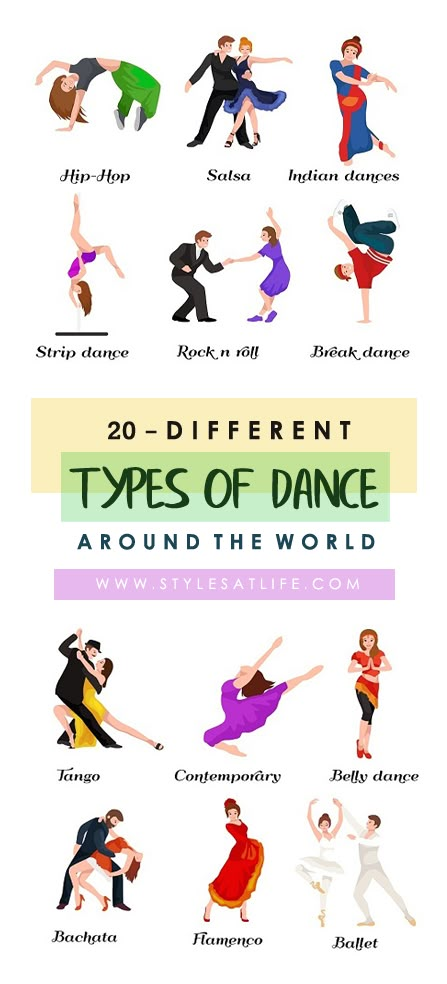 The dance in your performance will become even more charming when you are fully equipped for it according to classical Indian laws. Dressed in a luxurious sari, embroidered with gold threads, and wearing jewelry - exquisite bracelets and light ankle bells - you will certainly feel like a goddess.
The dance in your performance will become even more charming when you are fully equipped for it according to classical Indian laws. Dressed in a luxurious sari, embroidered with gold threads, and wearing jewelry - exquisite bracelets and light ankle bells - you will certainly feel like a goddess.
Nothing prevents you from taking bellydance training and classes at home will not be as difficult for you as it seemed at the initial stage of training. Practice at home in a relaxed atmosphere, especially since such techniques can activate the nervous system, liberate the body as much as possible and give self-confidence.
First lesson - FREE
Subscription is not linked to the month
Student testimonials
Alena
When you see with what love Masha treats each lesson, you want to work on the result!
Anna Fedotova
Masha explains all the movements of oriental dances in such a way that even with her eyes closed she can understand.




